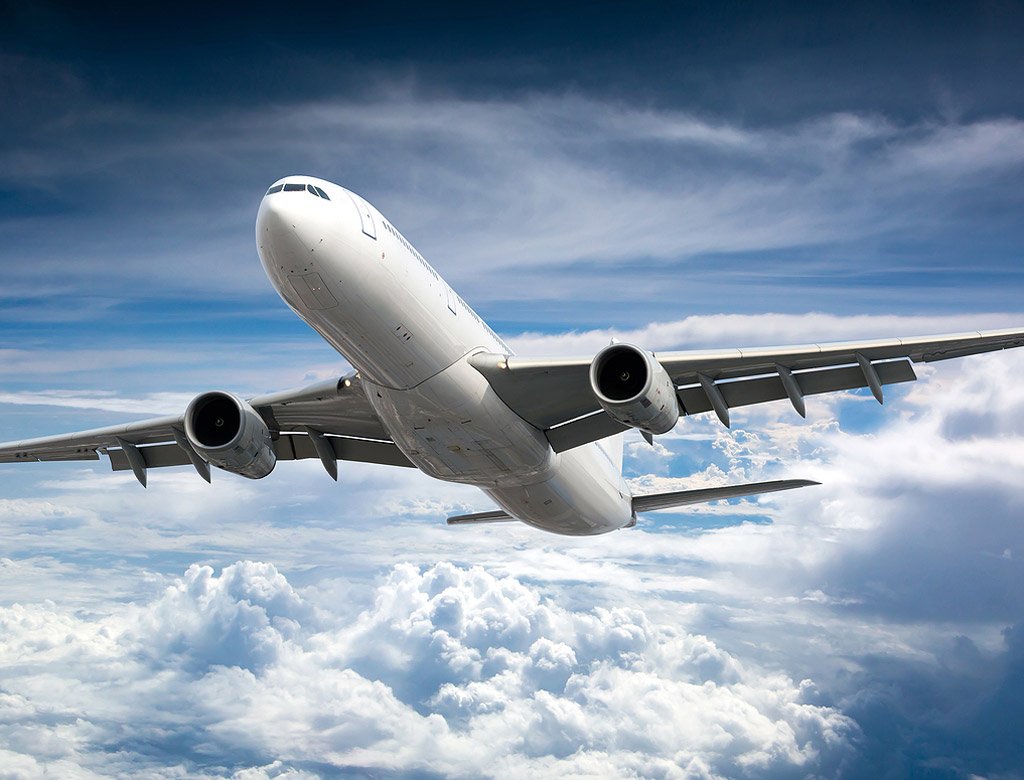According to the most recent data from the Air Transport Association, air travel in the Middle East is still recovering as passenger demand increased amid reducing pandemic restrictions (IATA).
Airlines in the region saw passenger traffic rise by 114.7% in October compared to a year earlier. Capacity jumped by 55.7%, while load factor climbed 21.8 percentage points to 79.5% over the same period.
Globally, traffic is now at 74.2% of October 2019 levels. Total traffic, measured in revenue passenger kilometres or RPKs, jumped 44.6% year-on-year. The growth was driven by international traffic, which surged 102.4%.
International RPKs reached 72.1% of October 2019 levels, with all markets recording strong growth, led by Asia-Pacific, where airlines posted a 440.4% rise in traffic.
In Europe, carriers saw traffic climbing 60.8%, while North American airlines registered a 106.8% jump. Airlines in Latin America and Africa posted traffic growth of 85.3% and 84.5%, respectively.
Forward bookings for international travel also increased to around 75% of the levels seen prior to the pandemic, following the reopening of economies across Asia.
“Traditionally, by October we are into the slower autumn travel season in the Northern Hemisphere, so it is highly reassuring to see demand and forward bookings continuing to be so strong. It bodes well for the coming winter season and the ongoing recovery,” said Willie Walsh, IATA’s Director General.
Subscribe to Updates
Get the latest creative news from FooBar about art, design and business.
Previous ArticleADNOC and Petronas sign a historic concession agreement


